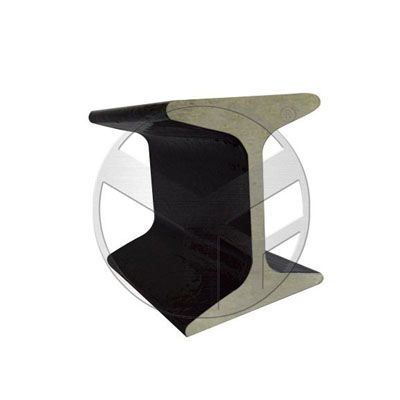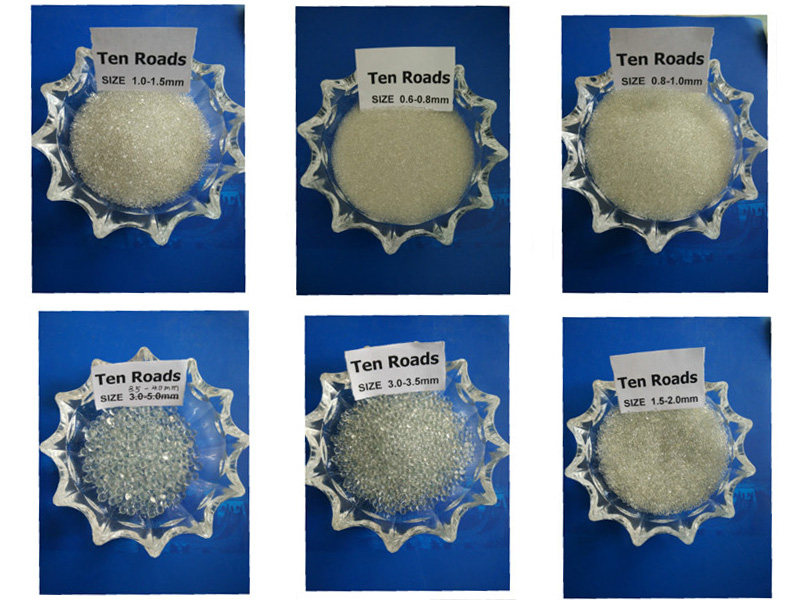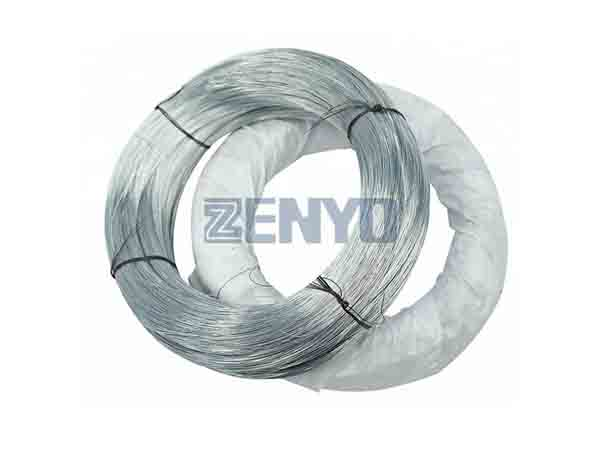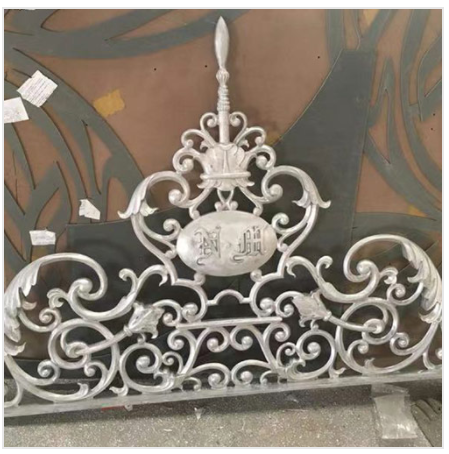Is the Difference Between H-Beam And I-Beam?
H-beams and I-beams are two common types of structural steel beams used in construction, but they have some differences in terms of their shape, strength, and applications. Understanding the differences between these two types of beams is important for engineers, architects, and construction professionals who need to choose the right beam for a given project. In this article, we will explore the differences between H-beams and I-beams.
I-Beams
I-beams, also known as W-beams, is shaped like an "I" when viewed from the end. They have tapered flanges, meaning that the width of the flange decreases from the web to the edge of the beam. The flanges also have a slightly different shape compared to H-beams, with a slope on the inner edge and a flat surface on the outer edge. I-beams are commonly used in construction for their strength and versatility, as they can be used in a variety of applications such as building frames, bridges, and towers.
Hot rolled mining I beam can be used in mine road support. In order to avoid or minimize the chance of mine roadway collapsing, mine support products are necessary. And with the I-beam support, it can obviously improve the level of safety in the tunnel. The mining I beam can be used under multiple conditions, fractured roads or roads with gravel, clay, and silt. Use the I-beam accessories accordingly, you can get the safest work environment in the tunnel under many circumstances.
I-beams are known for their high strength-to-weight ratio, which makes them an ideal choice for applications where strength is important but weight is a consideration. They are also relatively easy to fabricate and can be cut and welded to create custom lengths and shapes. I-beams are typically made from steel or other metals such as aluminum or titanium.
H-Beams
H-beams, also known as I-beams or wide-flange beams, are shaped like an "H" when viewed from the end. They have parallel flanges that are the same width as the web, which is the vertical section in the middle of the beam. H-beams are typically used in construction for their strength and durability, and they are commonly used to support heavy loads and withstand bending and twisting forces.
H-beams are known for their wide flanges, which provide more surface area for attaching other structures such as columns or girders. The wide flanges also make H-beams more resistant to bending and twisting forces, which can be important in applications where the beam is subjected to dynamic loads or heavy wind or earthquake forces.
H-beams are typically made from steel or other metals such as aluminum or titanium. They can be easily fabricated to create custom lengths and shapes, and they are often used in construction projects such as bridges, buildings, and industrial plants.
Additional reading:How much does PVC coated wire mesh weight?
Is plastic window screen safe?
What Are Finned Tubes and Their Uses?
What is the use of aluminum circle?
What are the advantages of Galvalume Steel Coil?
What are the Pros and Cons of Titanium?
Best Horse and Livestock Fence Panels For Your Cattle Ranch
Differences between H-Beams and I-Beams
The main differences between H-beams and I-beams are their shape, strength, and applications.
Shape: The shape of H-beams and I-beams is the most obvious difference between the two. H-beams have parallel flanges that are the same width as the web, while I-beams have tapered flanges that are narrower at the edges than at the web.
Strength: H-beams are generally stronger and more rigid than I-beams due to their wider flanges and greater surface area. This makes them more resistant to bending and twisting forces, which can be important in applications where the beam is subjected to dynamic loads or heavy wind or earthquake forces.
Applications: H-beams are typically used in heavy construction projects where strength and durability are important, such as bridges, buildings, and industrial plants. I-beams are more commonly used in a wider range of applications, including building frames, bridges, and towers.
In terms of cost, H-beams are generally more expensive than I-beams due to their greater material and manufacturing costs. However, their superior strength and durability can make them a cost-effective choice for applications where a high level of performance is required.
Visit Yongyang Special Steel Group for I-Beams
Are you in need of steel supplies? Look no further than the professionals at Yongyang Special Steel Group. We stock an extensive list of steel products for whatever project you need to tackle. Give us a call today to learn more.
Unveiling the Versatility of Silica Powder Applications
What grade of stainless steel is best for cookware?
Ultimate Guide: Titanium Clad Plates Cost Analysis
How to calculate how many sheets of metal roofing do I need?
How is Galvalume steel coil produced?
Revolutionizing Fashion with Clad Metal Plates: How?
Ultimate Guide to Galvanized Steel Coil Prices











